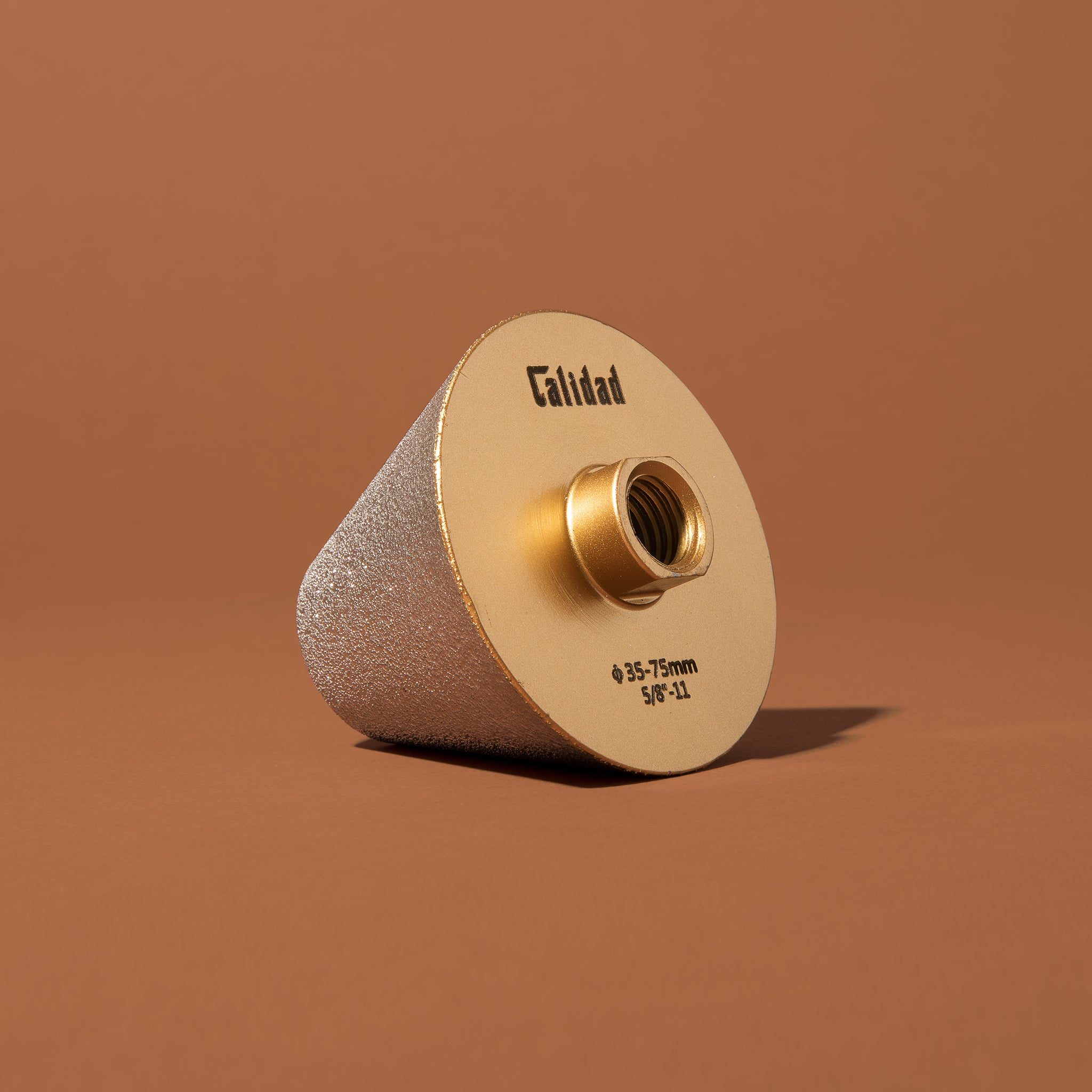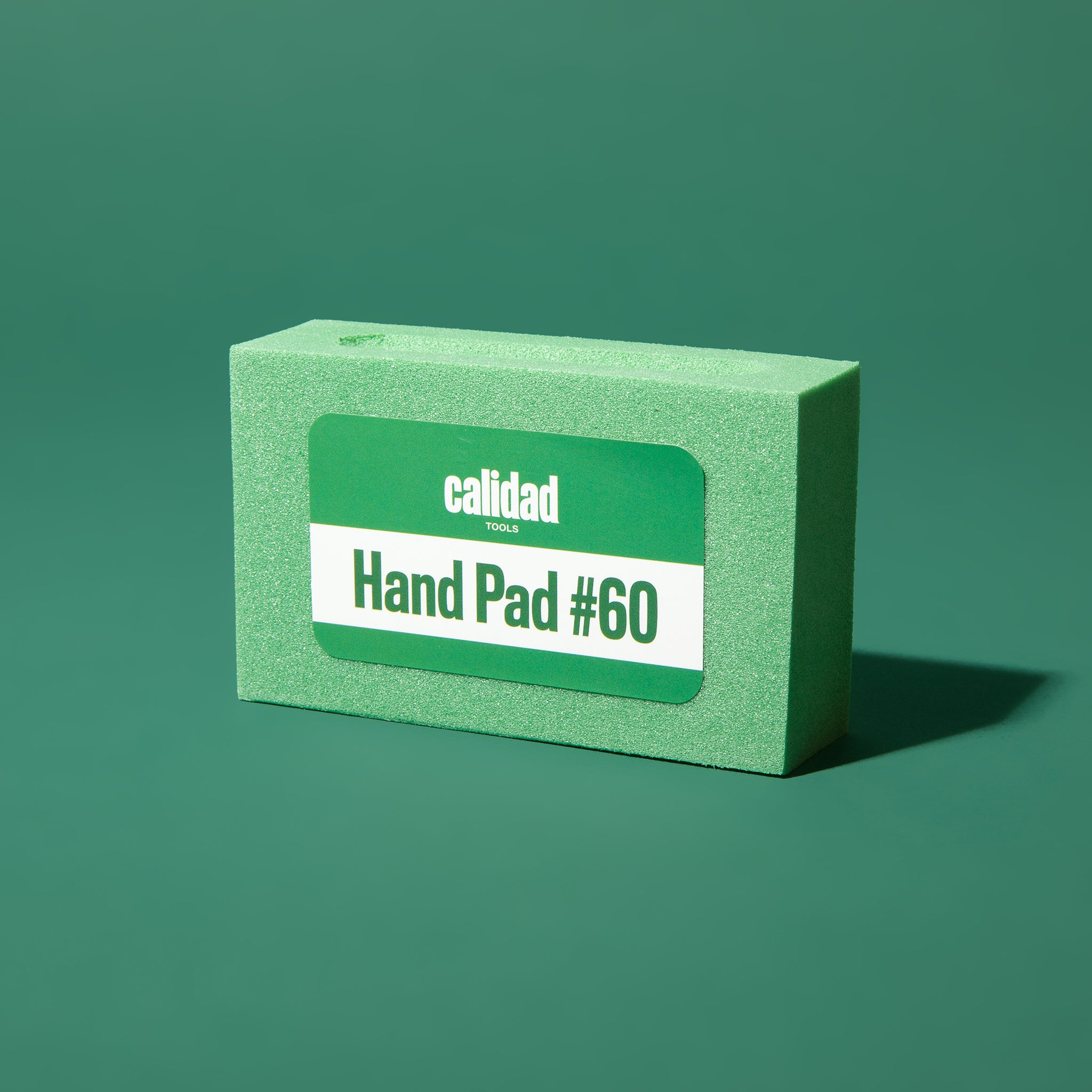Hole Saws
Hole saws (also styled holesaw) or cutter are blades of annular ring shape, whose kerf creates a hole in the workpiece without having to cut the core material. These saw tools typically have a steel pilot drill bit - arbor - at their center to keep the saw teeth from walking. They're designed to be used with drill machines and grinders.

Construction & Design

Types of Hole Saws

Hole Cutter
How to drill a hole?
To drill a hole of a specific size, one many use hole saw bits with multiple blades. The hole will have a rough finish if cutting wood and metal, and smooth finish if cutting plastic. For deeper cuts or cutting holes in harder materials such as metals or plastics, extra-deep hole saw bits are often used instead of standard hole saw bits to make an initial enlargement before finishing with another tool such as spade.

Advantages
Hole saws do not bind as easily as drill bits because they are self-feeding and cut by shearing between the blade and hole being drilled so slippage is less of a problem. They can also bore holes wider than what a drill bit is capable of which makes hole saws more efficient for drilling large holes in materials that don't have a lot of structural support depths. Generally hole saws require less torque to use them on tough materials because the blade slices through the material rather than punching through it like drill bits do. For example, when using hole saws on sheet metal, one side of the hole may be done by drill bit, but hole saws can be used to clean up the hole on the other side. Hole Saws also tend to create cleaner holes than drill bits because they remove material by shearing it off rather than splitting or shattering like drill bits do which leaves less wood fibers behind for small pieces of debris to get stuck in. Hole saws are much faster at making big holes than hole saw drill bits are because hole saws cut larger diameter circles. They also make cleaner cuts without splintering or shattering like drill bits often do while cutting through materials. Most hole saws come with hole size attachments that allow you to easily adapt them for different uses requiring different sized holes including things like sink drain plugs, solar panel mounting brackets and electrical junction boxes so hole saws can be used for several applications. Solid core hole saw teeth are more durable than the hole drill bits found in other hole saw kits because they do not flex like drill bit's tend to when drilling especially tough materials.

Disadvantages
The hole saw must be clamped or otherwise held down. This is usually done with C-clamps, but it may require bolts screwed into wood blocks to keep the hole saw steady while cutting. The main issue is that hole saws are not particularly suited for hole drilling in thin materials. If using a hole saw on sheet metal, clamping becomes even more important since the hole will tend to shift where drill meets hole saw causing cuts to be uneven. There can also be issues with overheating when drilling large holes through the same material over and over again without allowing time in between cuts for cooling off or changing work piece materials. Hole Saw Drill bits are less efficient drill bits because they remove most of the material via shearing, and not by actually cutting it. This means that hole saws require more torque than drill bits to 'pull' the hole saw through materials.
Who is hole saws best for?
Hole Saws are best suited for people who need clean holes fast without much care about using less torque or getting cleaner cuts than drill bits. They are also good for people who need larger sized holes, often at faster speeds than hole saw drills can make them which makes them perfect if you ever find yourself needing to make a hole larger than the hole saw bore you are using is capable of. This makes hole saws great for people involved with solar panel installation, electrical junction boxes, plumbing and drainage systems. hole saw drill bits generally work best in situations that require clean holes but do not need them fast or through tough materials.
Tips & Tricks
Enlarging Existing Holes
Hole saws are guided into and through the workpiece by a center pilot bit. However, the pilot bit is rendered useless when trying to enlarge an existing hole because the bit has nothing to drill into. Here’s how to remedy that: Start by marking horizontal and vertical lines to represent the exact center of the existing hole. Next, clamp a scrap piece of plywood over the existing hole. Then, transfer the centerlines of the hole onto the plywood. Now place the hole saw’s pilot bit on the intersection of the two centerlines and drill through the plywood and workpiece.
Plug-Removal Tips
One of the top complaints people have about hole saws is extracting the wood plug from inside the hole saw after drilling each hole. There are plug-ejecting hole saws, but they’re not very common and only available in limited sizes.The most common way to remove the plug is to simply pry it out with a slotted screwdriver, which works OK but is extremely tedious when drilling many holes. Try this instead: Drill halfway in from each side of the workpiece, which leaves the plug protruding from the hole saw. Then simply grab the plug and yank it out of the hole saw.
Lubricant
It cools the saw and the work, reducing heat and abrasion which can shorten cutting life, and it removes chips from the kerf. An exception is cast iron, which is cut dry.
Speed
Each hole saw is packed with a table showing recommended RPM's for each size saw cutting specific materials. Operating at higher speeds than those recommended will shorten the life of the saw, and produce very inefficient cutting.
Feed Pressure
Sufficient feed pressure to take a chip must be applied. Variables in material, work configuration, etc. should be considered. Generally, apply 80-100 pounds per inch of hole saw diameter when sawing in metals. Insufficient feed pressure will dull tooth points prematurely. Too much pressure can destroy teeth.
Preventing Blow Out
When a hole saw exits the cut, it tends to blow out the back of the workpiece, leaving behind a ragged, splintered surface. That’s not a concern when blasting holes through floor joists or wall studs, but it is when sawing through more-finished surfaces, such as a door. Here are two ways to avoid blow out: Clamp a scrap board to the back of the workpiece and drill into that; drill halfway through from one side and then finish the hole by drilling through from the opposite side.
Sawing Tough Material
To bore holes through tile, cement backer-board, fiber-cement board and other tough, abrasive materials, use a hole saw that is rimmed with super-sharp carbide or diamond grits. These hole saws cost more than traditional bi-metal hole saws, but they cut smoother and last much longer.
Thank You & See You Next Time!
Please visit us & provide rating!














Leave a Comment